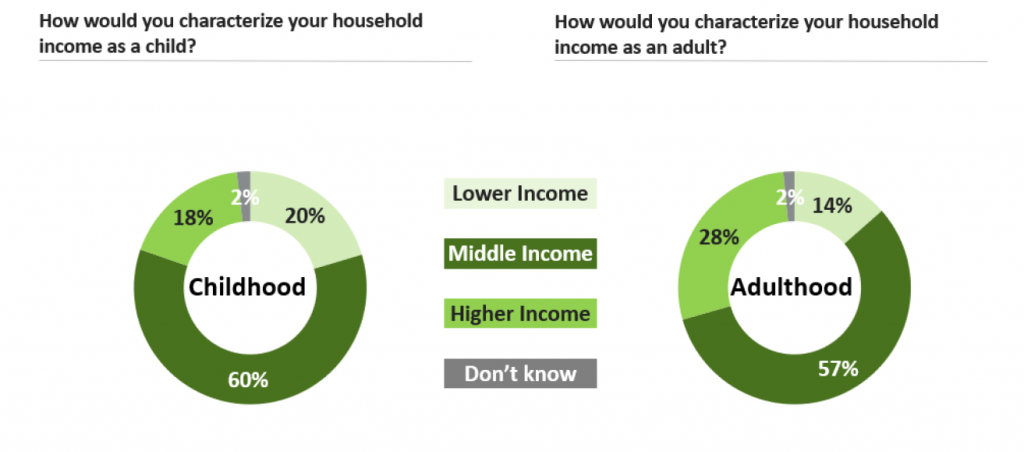A new survey of 1,002 Junior Achievement alumni conducted by Ipsos, one of the world’s leading market research firms, finds that JA programs had a strong impact on JA participants’ professional and personal development into adulthood and the working world. The survey also finds JA alumni who are entrepreneurs are making an economic impact in their communities. View a summary of the survey findings below, or read the full report here.
JA alumni are job creators. 84% of businesses owned by JA alumni have employees (compared to 20% of U.S. small businesses).


In fact, 26% of JA alumni businesses employ more than 100 people (compared to 1.7% of U.S. small businesses).
JA alumni businesses are generating significant revenue too. 18% of JA alumni businesses have revenues of $5 million or more (compared to 4.5% of U.S. small businesses).


4-in-5 JA alumni report Junior Achievement played an important role in their decision to pursue further education.
51% of JA alumni report having a bachelor’s degree or higher (compared to 33% of the U.S. population).


4-in-5 JA alumni report Junior Achievement played an important role in choosing their career path.
JA alumni are most likely to say they are better off than their parents. As adults, fewer JA alumni characterize their household income as lower income compared to their household as a child, and a greater number of JA alumni report they are currently in higher income households compared to their household as a child.


